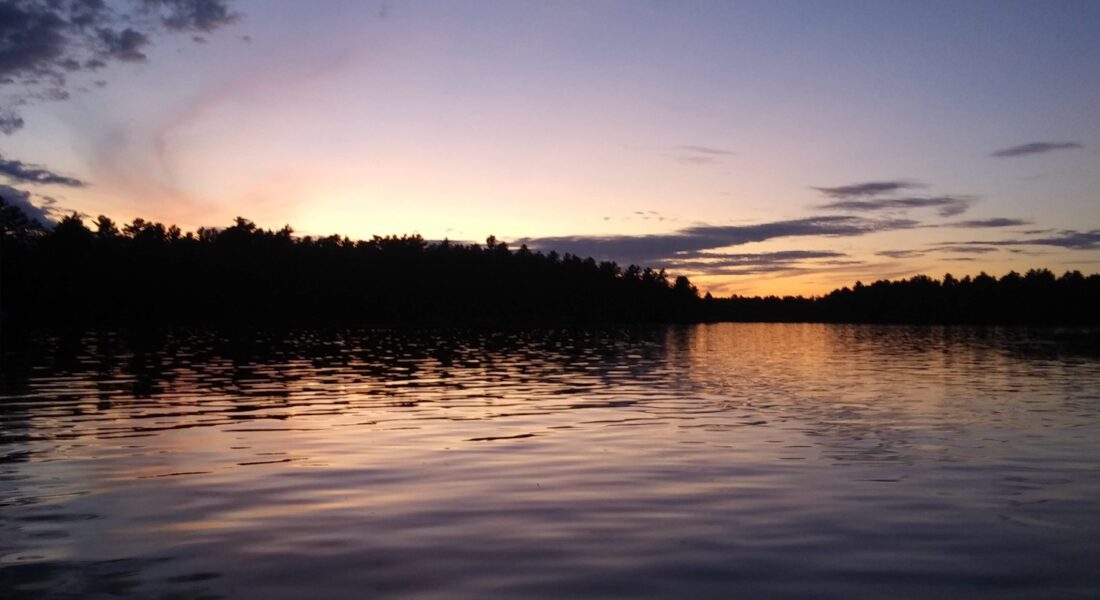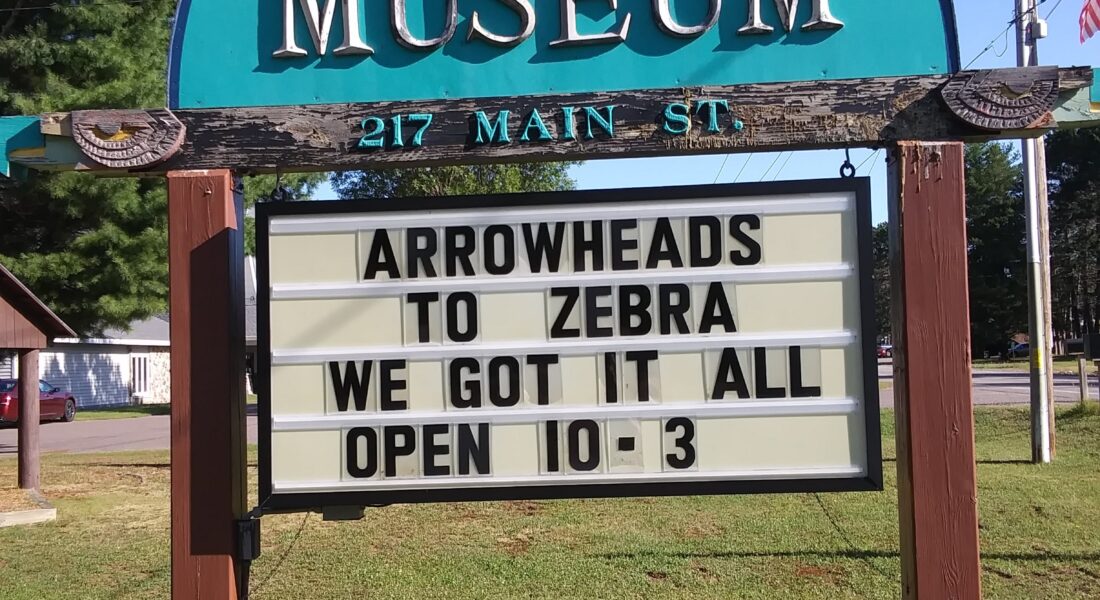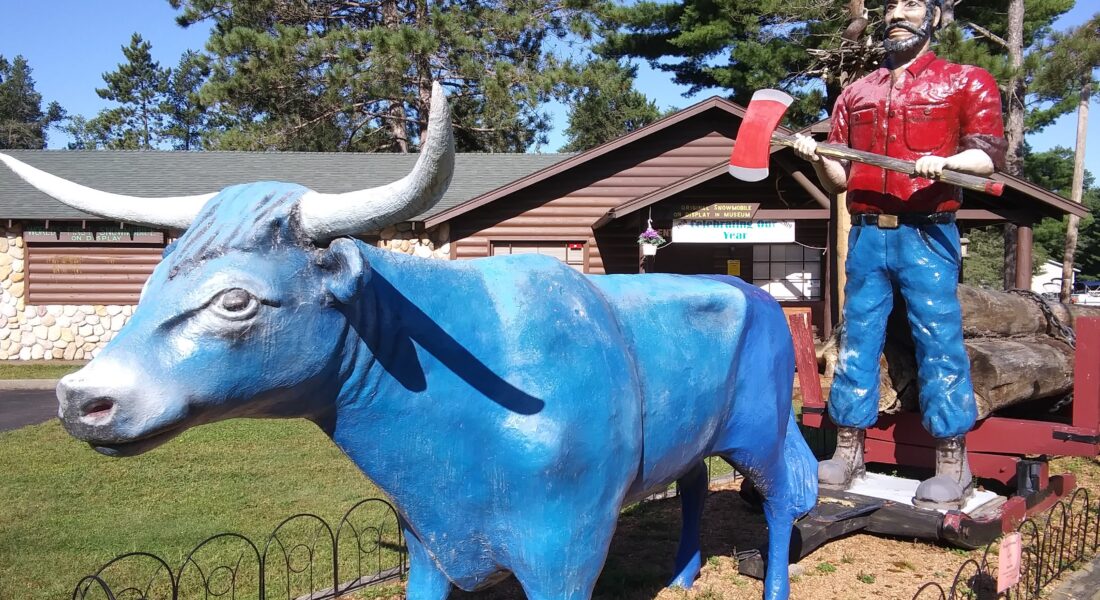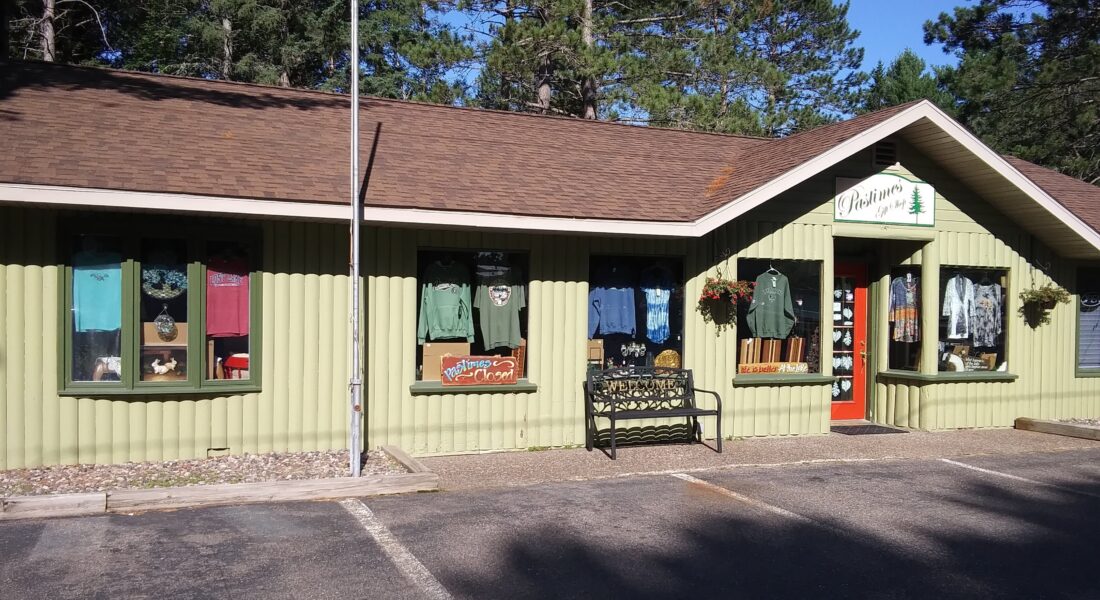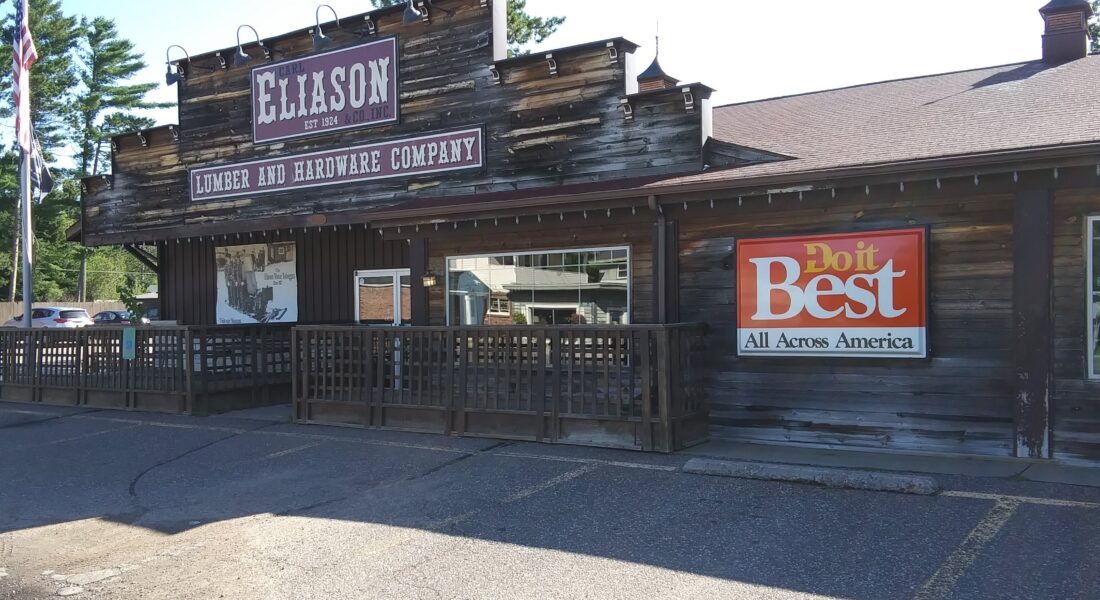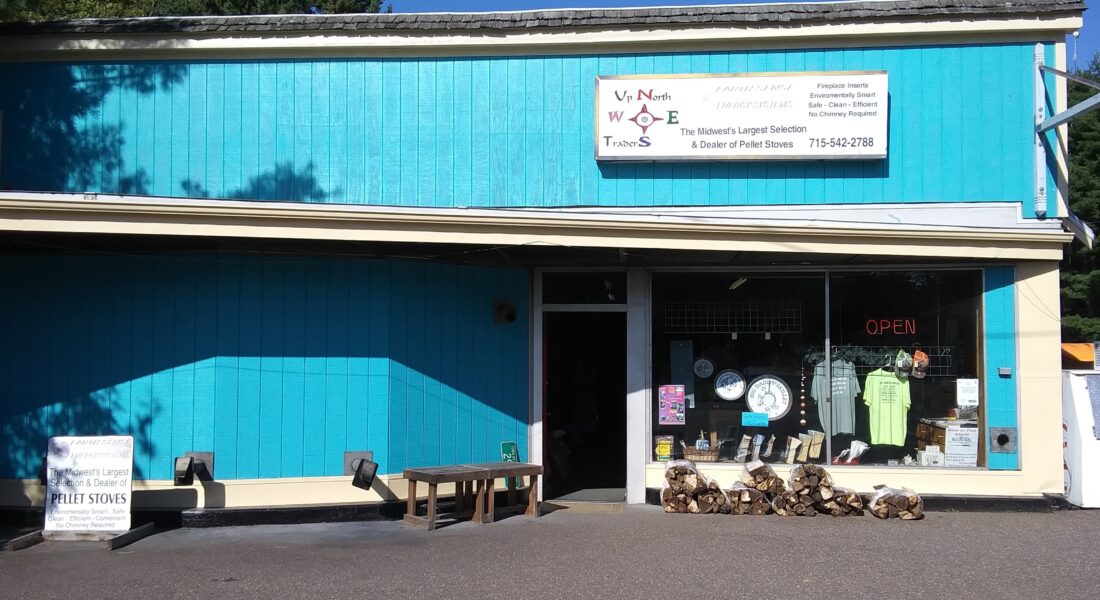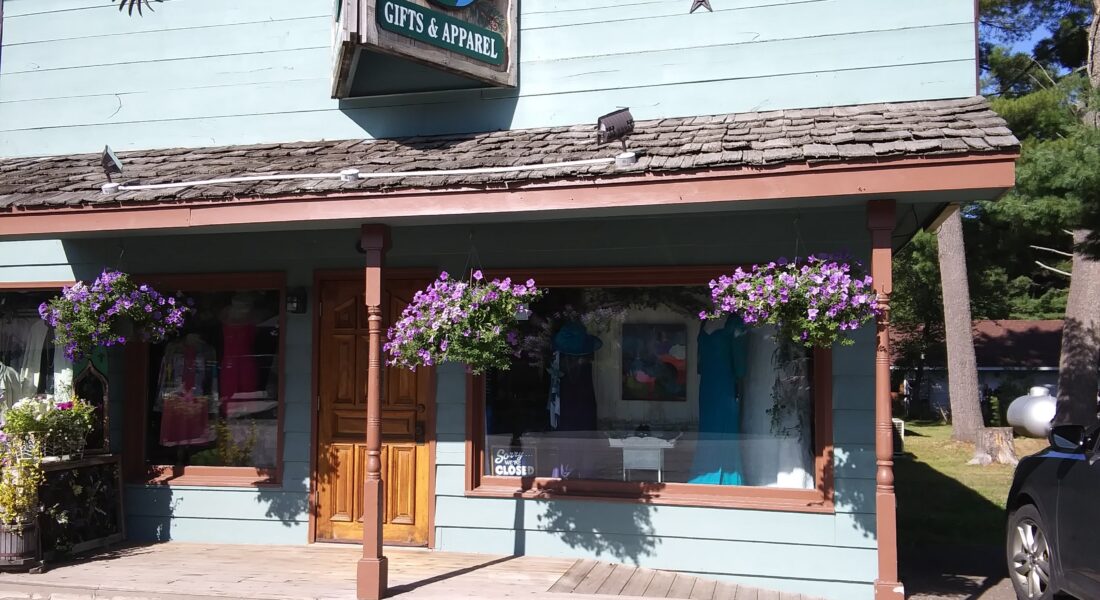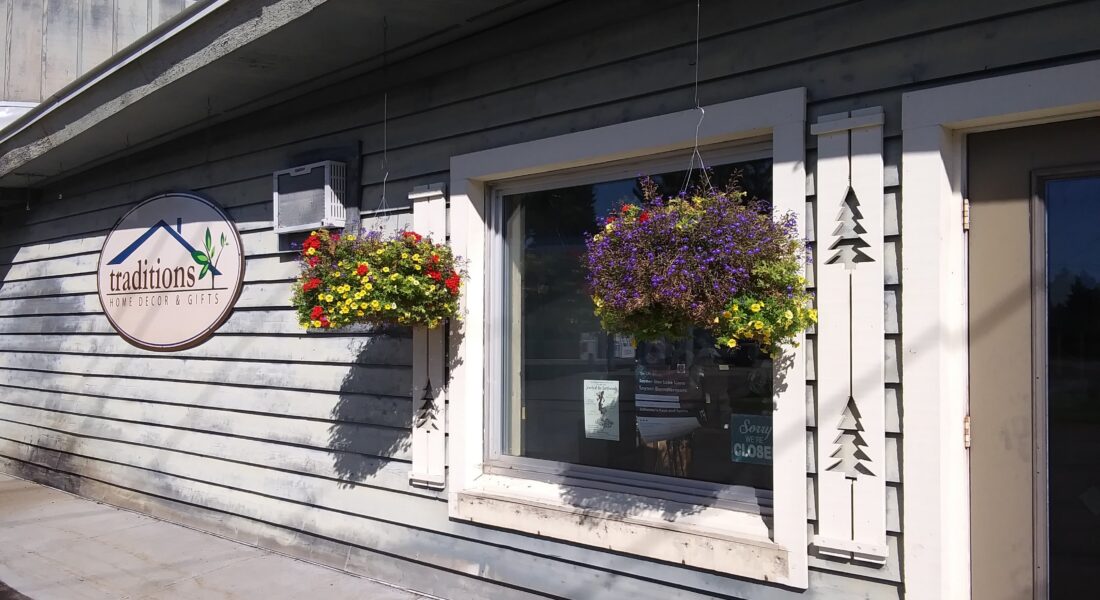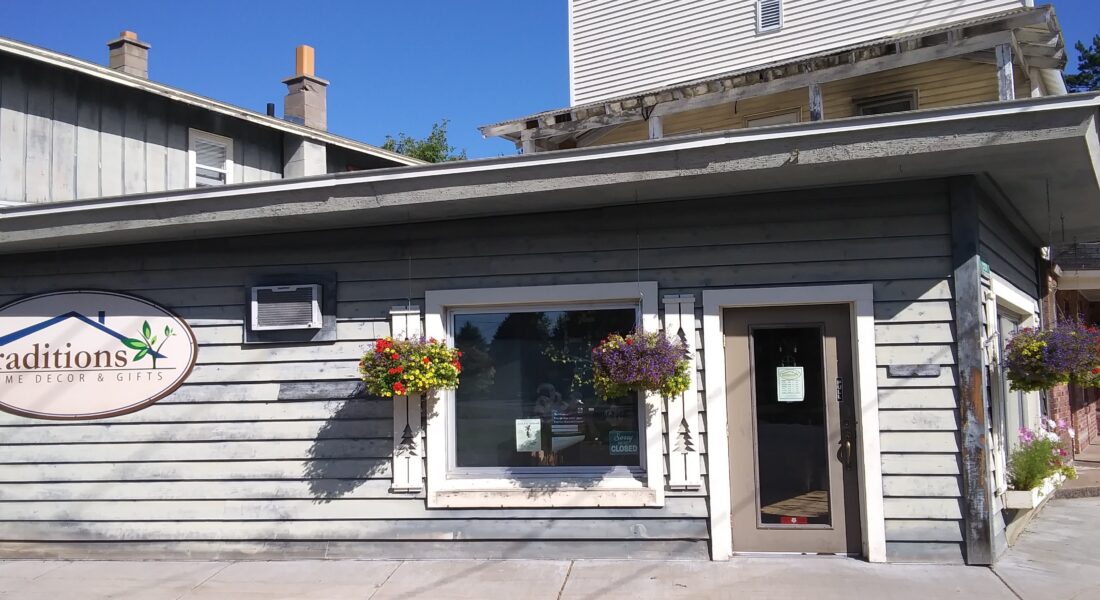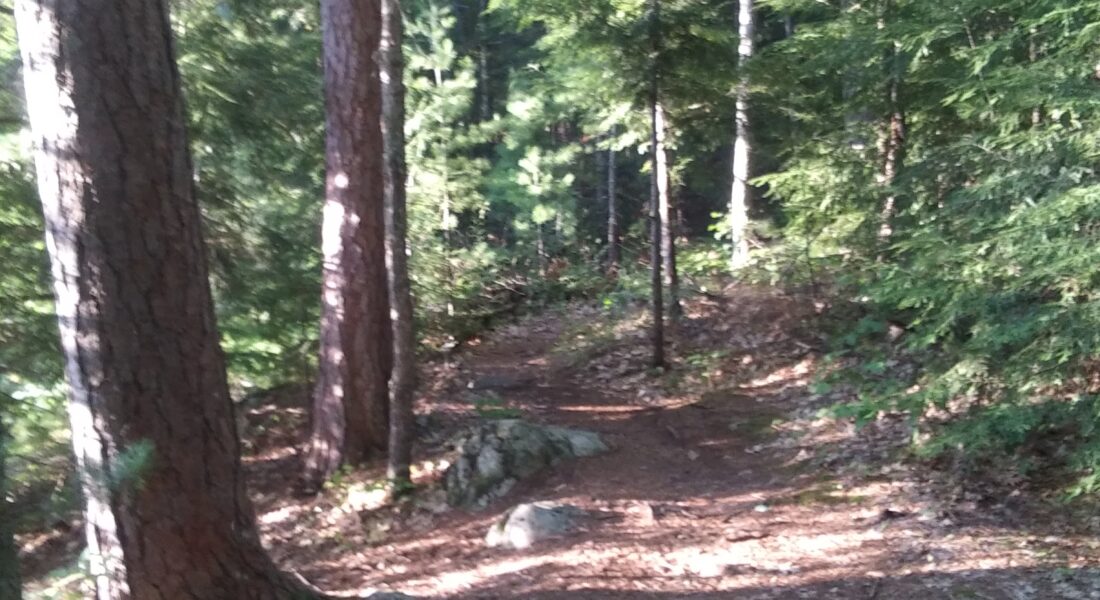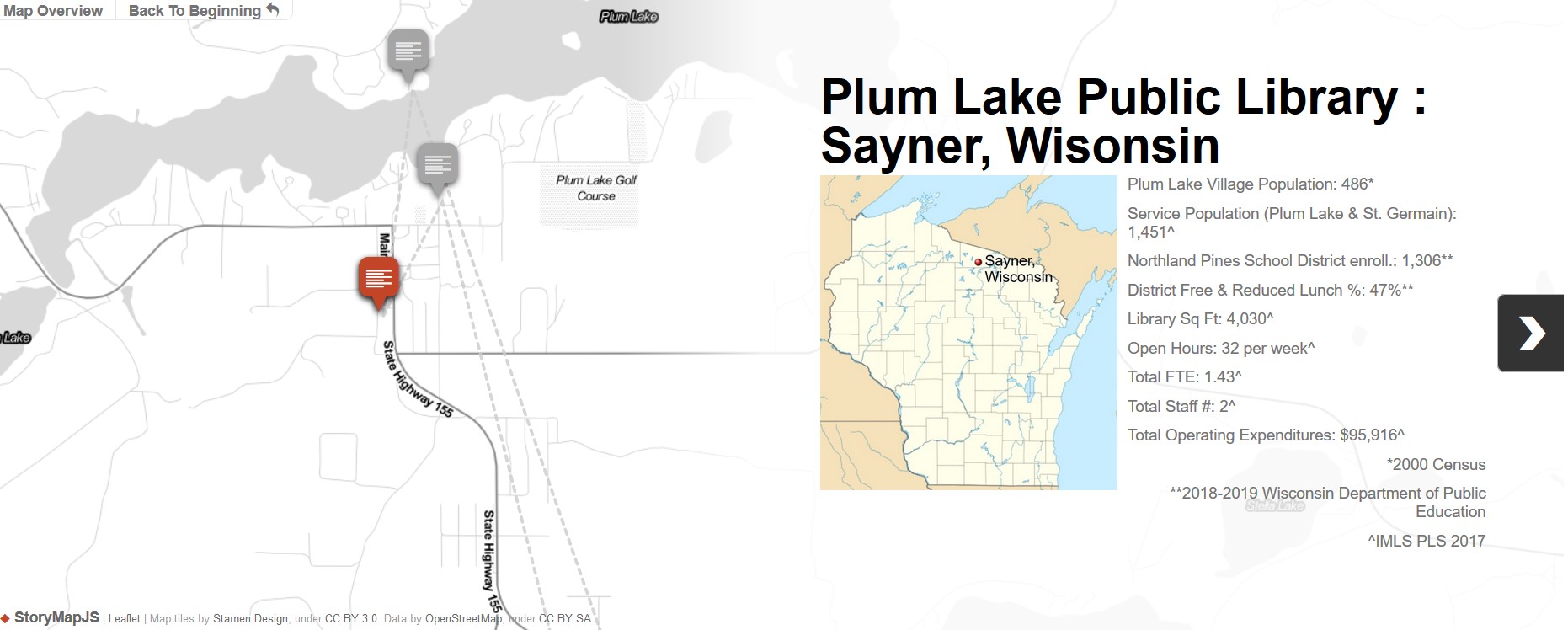
Pathways of Home
Home is a visceral word – we feel something of it in our gut and we each have a meaning unique to us but understandable to others. It is a sensation of place which can bind a person to a place, and in so doing call to them across time and distance to bring them back to community. In this, home functions to pull back rural youth after they move to city or to a different life. This has an individual impact, but importantly, it has a community wide economic and cultural development impact. This cross-pollination not only brings labor and economic ideas back to a rural home, it shifts our ideas of what is possible culturally. In this way a rural home is never static – between a person’s fond summer memories to when they retire the community might look and feel radically different, but the changes will have been shaped by returners. The case in Helvetia stands out specifically because returners created the cultural identity that create a deep sense of home for current visitors.
How Home & Place-making is evidenced in Plum Lake
The Plum Lake Public Library is located in Sayner, a tourist destination in northern Wisconsin. Sayner is surrounded by deep green pine forests and clear, blue lakes. There are abundant opportunities to enjoy the outdoors with numerous trails and water sports. (It felt like the Adirondacks to me, but flatter and with many more lakes.) It was easy to find peaceful places to hike after my full days of interviews. Without too much effort I could find places to be alone in the woods. I noticed many people rode their bicycles. It seemed like most of the people I interviewed chose to live in this area to take advantage of the outdoor opportunities.
The library is in a relatively new building. Flyers announce community events in the foyer as you enter. The library bustled with activity as retirees, vacationers, caregivers and children filed in at the start of the day. The circulation desk was busy as people asked questions and chatted with the staff. Several people sat and read the newspaper while others used the computers. Almost every single person I interviewed mentioned how helpful the director and the staff were. When I asked my own question about where to find an old growth forest, the staff took their time in thoroughly answering it. I felt cared for.
“Permanent vacation” in which one can be as “busy as they want to be” with the events organized through social groups as well as through the library.
For people who move to Plum Lake in their working years, becoming accepted into the tight social bonds requires having an entry point. For many, that entry point is a family connection to the place and long held friendships. For others, they need formal facilitation of that connection, through employment, involvement in a community group, or attendance at library programs.
—, who owned a store in Sayner for a number of years shared that she was uncertain of her standing in this village of less than 200 hundred when she first moved to Sayner. A couple years after living and working in the community she became pregnant. “The whole town had a shower and I was just kind of amazed.” She knew that she had been accepted. She, and others in conversation with her told the interviewer that as the population of seasonal and retired residents has grown in recent years, the village has lost some of its weave.
Overall, Plum Lake residents believe that their community is the best place to raise a family, to build lifelong bonds and to feel pride of place. Common to stories of family, social gatherings, and community spirit is the library. The library is where kids in Sayner ride their bike. It is where, if you have no family connection to community, you find inroads into the social life of the town. And where many people have found pride in their hometown through contributing their labor to the library.
Plum Lake’s economy has been driven by its landscape for over one hundred years. Logging and the lakes have sustained a year round population of around two hundred people for at least seventy years, but the economic realities of that population has changed significantly over time. The emerging themes from Wisconsin’s lake country include the deleterious effects of expensive lake-front seasonal properties, and deadly combination of box-stores and online shopping to the year round population.
“So for us our situation as retired folks with a comfortable amount of disposable income this is just a vacation. It’s a permanent vacation and we enjoy biking and hiking and just sitting on the dock looking at the water and taking the pontoon boat around the lake. And so our life is so you know compared to so many people. It’s just so perfect.”
Vacationers turned year-round retired residents make homes unaffordable to working families, and second home seasonal residents, in turn, make homes unaffordable for retired year-round residents. As one year-round resident described the economic disparity on the lake, the “little guys” have homes valued at only $250,000, and the seasonal residents have “1.5 million dollar mansions”. Compare these figures to the Median Household Income (MHI) in the village Sayner (where the library is located) according to US Census Bureau 2016 estimates of $47,031, that Plum Lake overall (which includes 10 major and dozens more minor lakes) has an MHI of $62,083, and one begins to understand the inequality present in a vacationer driven small town.
And both disproportionately present groups of retirees, which have dramatically flattened the age demographics of Plum Lake, are resistant to property taxes which benefit the community public good, like school taxes. This age skew is dramatic showing Plum Lake with a median age of 54.3, but the rural community of Sayner as 32.3. So, although the overall population of Plum Lake has more than doubled in the last sixty years, there has been no proportional increase in public investment in the community.
The realities of this isolated rural community have changed in ways that could not have been anticipated by vacationers who fell in love with it in their childhoods. Geographic isolation used to drive small towns to have modest economic infrastructure in town. As recently as the late 1990’s Plum Lake had a year round, 12-hour a day grocery and dry goods store. Now it is limited to serving ice-cream in the summer.
External pressures, like those with means just drive to other economic centers or do on-line shopping and those who don’t have the money to do those things have moved away from Plum Lake, have strongly influenced the shift.
There is also a cultural shift described by the long-time resident who ran the grocery and dry goods store until retiring with the century. She describes how she and her husband bought the store in order to live and raise their family in Plum Lake. Because it was her community, she wanted to provide the service she herself wanted to see in her town. They lived in the store and never made more than they needed to break even and live where they wanted. Labor was life and life was labor.
The buyers had a very different set of income expectations from the business. It wasn’t the life they wanted, it was a summer experience. And so, the business became a summer business. And those with cars drive the fifteen miles to St. Germain to go to a grocery, and those without go without. They describe shopping as an event to plan for, that it will likely take the day, and will demand that they go to a box store around 45 minutes away where they can buy every item their household will need for the month.
Limited cell service, and access to affordable high-speed internet service is location dependent. 3-2-01, 418:56/67
Elk River renovated the library and it was so big that one 3-2-03 felt out of her element. She was happy to discover Plum Lake Public Library. 3-2-03, 420:8 Plum Lake Public Library has more patrons from St. Germain than Plum Lake.
Robust network of volunteer organizations that are intertwined with social networks, fundraising, and community-wide gatherings. All necessary services, including fire department, EMT, and library service are predominantly funded through community fundraisers and private donations.
Biking trail infrastructure has brought new group of vacationers and regional visitors to Plum Lake. A citizens group designed and raised all the funds for paved bike path construction. The connected total is 54 miles of bike trails. Citizen action and robust public goods are economic development benefits. “I think our library put Sayner on the map” 3-2-17, 434:43.
Part of the community fabric is summer tourists who turn into full year residents after retirement. They use words like love and beauty to describe their feelings of home in Plum Lake. One residents said she just treasures her time to the fullest extent she is physically able (transcript, #3-2-15). For these residents who love the northern lakes of Wisconsin, finding a home where there is a public library was the hook that made them choose Plum Lake over other communities (transcripts, #3-2-10, #3-2-13).
Library as Facilitator of Feelings of Home
“And so I feel like I’m a part of the community. One thing that helps me feel part of the community is the library and meeting people. And you know, being part of something.”
Library provides community members with a sense of pride and connection to place. Even the current library building is a point of pride to generational Plum Lake residents as it was built through the donated labor of local skilled craftsmen.
“And so I feel like I’m a part of the community. One thing that helps me feel part of the community is the library and meeting people. And you know, being part of something.”
The library’s connection to the formal education networks, as well as to the social reality of the community is evident in the way residents describe the town’s identity as literate and culturally rich. One reason people note that having a library means having a “real place” to call home, is this self-identity as a literate community. Even for people who don’t use the library, the value is so evident to them that they make annual and planned giving contributions to it.
This educated population seeks new experiences which are in turn provided through library programming. Although their offerings in local history lectures has somewhat diminished in recent years, unexpected, new, and eye-opening programming is thriving for community members of all ages. The non-fiction book club, which is mainly made up of older adults, is reading graphic novels. Programming on fish and wildlife of the lakes region has “enthralled” intergenerational audiences. Residents are learning the unique nature of gardening here, how to attract beautiful songbirds and forage for mushrooms (without accidental poisoning).
The library is a major economic driver for vacationer and seasonal residents of Plum Lake. Director and staff act as information center on everything from where to get gear to the best hikes for your tastes. Jason is known for giving astute outdoor adventure recommendations, and Ann for connecting people to services throughout the county. Providing 24/7 wi-fi, in addition to the computers, scanner, copier, and fax services during open hours, facilitates vacationer and short-term seasonal resident business access.
Plum Lake Library programming and resources are their own draw into the village of Sayner. People staying at any of the lakes or living in St. Germain are pulled to Sayner for the opportunities the library provides. Although it is too early to show what sort of knock-on economic benefits this robust service suite will have for the village, those people interviewed repeatedly shared that it was the library that helped them make their choice of where to live and where to visit.
Director as Path Builder
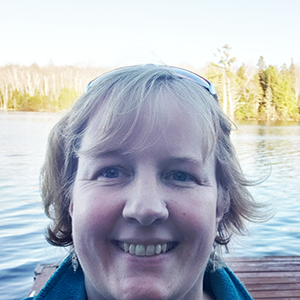
The library with Emilie as director is an alive place, full of children, toys, socializing, programming, and experimentation. In interview after interview Emilie is described by both staff and community members as “open” and willing to “try new things”.
The Plum Lake Public Library in Sayner, Wisconsin hired Emilie Braunel to be their library director in 2017 after the retirement of the much loved local librarian, Ida. Ida had been the community’s librarian for thirty-eight years and had become synonymous throughout the state with Plum Lake and its small library. As the board describes it, Emilie had a daunting task to overcome the community’s perceptions of where the director should live, what she should look like, how she should behave. She doesn’t live in Sayner or St. Germaine, she isn’t a “certified librarian”, nor does she have experience running a public library. And that “tight knit town” has “accepted her big time.” One resident even said, “We feel we’re good friends with her and everybody feels like that.”
The library with Emilie as director is an alive place, full of children, toys, socializing, programming, and experimentation. In interview after interview Emilie is described by both staff and community members as “open” and willing to “try new things”. And this includes inviting contribution from community residents as well as forming new partnerships. Emilie as the library is present at community events with a table, toys, and library card forms in St. Germain and Sayner, both. In this role, staff see Emilie as the outward looking face of the library, at town meetings, in community programs, and creating a networked service landscape throughout the school district with the library as the hub.
The board and staff describe her ability to do this as being wrapped up in more than the “helpful” and “inviting” personality traits community residents see. It is Emilie’s talent, her knowledge and her dedication to learning for the benefit of the library’s community. They appreciate that at her core she values every person she interacts with and cares about their wellbeing. In that care she extends herself in ways that feel authentic to staff and community residents. And all that experience that doesn’t quite fit what the community thought mattered in having a librarian, is used by Emilie in her dynamic and active approach to library service. She is not restricted in her notion of what a library can do for the community, and so does what no one knew they wanted but they now love.
Another clear thread in descriptions of Emilie and the library environment she helps to create with Jason and other staff and volunteers is “love”. Interviewees said that they create a library that is “like the community itself” in which they feel at home. Jason was called out in any discussion of library service within the library walls. He is loved for his helpfulness, his creativity, and his authentic desire to meet the resource needs of every person who enters the library. In his work, he reflects on who the library might be missing, those who never enter the building. He is actively engaged in questions of improvement and the growth of library service in beautiful, specific to the community, ways.
Conclusion
In a community that lives deep divisions in age, residency status, and income, the library brings people together for newspaper reading and hanging out in a way that no other institution in town can or does. It helps keep older adults tied to the vibrancy of youth. It helps keep emerging adults tied to the community through responsibility for its institutions. There is not an age group in Plum Lake that doesn’t have members actively fundraising for or volunteering at the library. Those interviewed expressed ownership in the institution, and their active participation in it shows.
Sayner and Plum Lake Wisconsin highlight all the strengths and challenges facing rural communities with abundant natural resources. From the instant and lifelong connection people make to Plum Lake – a connection that builds from childhood memory into retirement planning with the goal of living on the Lake; to the pricing out of generational residents and working families from access to populated lakes.
Related Resources
Pathways of Delight toward Belonging: Iowa case study
Welcoming tool: Library as Welcome Center
Discover / delight tool: Nature: Going Beyond the Walls of the Library
Discover / delight tool: Creating Community Building Events
Discover / delight tool: Pathways of Belonging: Delight Assessment
Listen to or read the interviews: Site 3 on Open Science Framework
